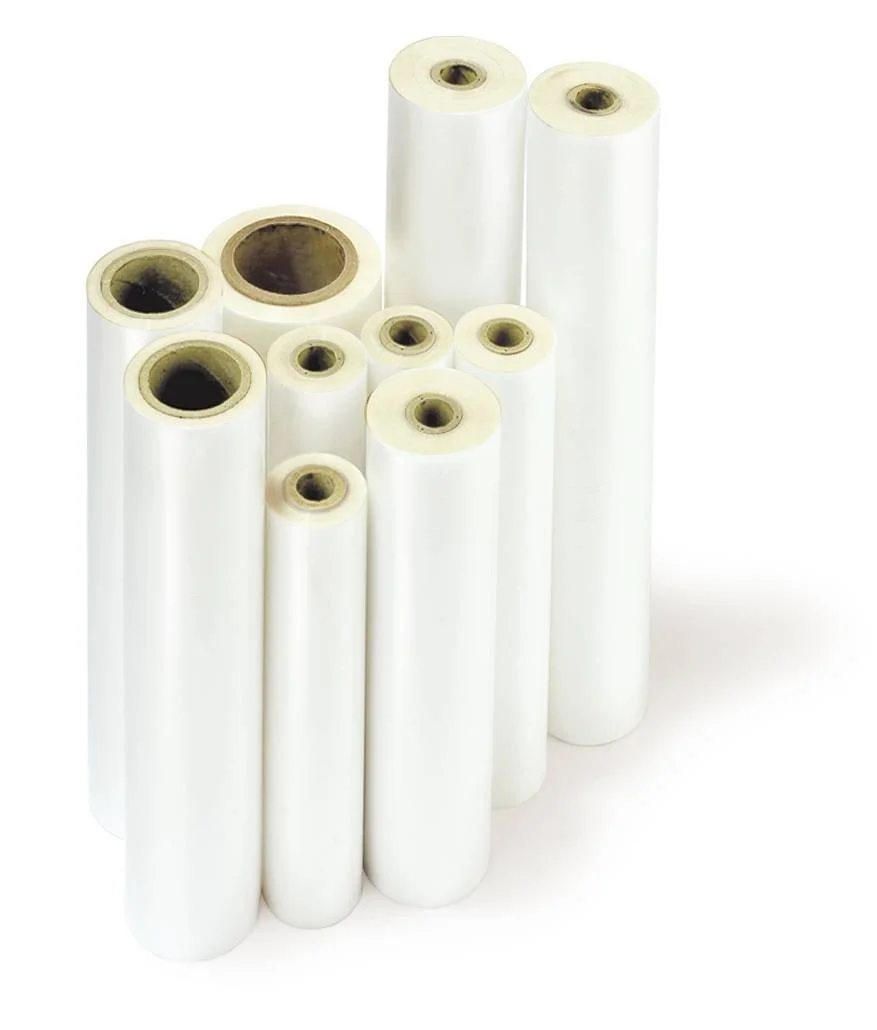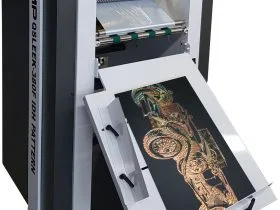Your laminating-problem = Our challenge!
In recent years many companies have deployed on investments in documentfinishing, in order to do as much as possible in-house finishing.
Many have also opted to run the laminatingjobs itself and bought machines for laminating. Albyco regularly visits printers who started in-house laminating. Often we see that, despite its own machine is in use, not everything itself is produced indoors. This often has to do with wrong settings on the machine, the incorrect use of the materials or are not aware of the existence of different materials. The experience has taught us that, if we look along with the operator(s) of the machine to the various jobs that are not self-finished, there are possibilities to perform this by showing that any problems that had been in the meantime actually already accepted, can be solved, which there is more of the possibilities achieved. We often get the following challenges: 1. Adhesion 2. Shrinkage of film 3. Processing of thin papers (eg. 130 g / m²) 4. Warping laminated sheets 5. Wait time after printing / printing 6. Delay after lamination Adhesion: The most common problem when laminating is the adhesion of the laminating film with the printed or printed work. In order to generate a good adhesion, a constant temperature and a constant pressure is of great importance. The machine’s pressure is often no further influence than a higher or lower pressure-adjustment. A much better result is therefore often achievable by making good insight into what the temperature curve during lamination and accelerating the lamination. Once the curve is determined, this often respond better, creating a better bonding is often achieved quickly. The laminating film supplied by Albyco selected on his excellent quality in terms of adhesion. If the right film for offset or toner printing is selected, is always to achieve the perfect adhesion. In offset work is a lesser bond often due to the use of offset powder. Many films which used to be a thin layer of adhesive on the base film, so that the offset powder is not packed, but only the film is adhered to the powder. Albyco laminating film has such a thick gluelayer, in that the powder particles are packed, and the adhesive reaches the surface of the paper and adheres there. This printed material (toner) has poor adhesion result, mainly related to the fact that printer manufacturers add oil or wax their toner to fuse it better and a nice sheen to leave after there has been printed. However, it is hardly something to cling on oil or wax. The Digi Tack laminating of Albyco contains a chemical additive which enters into a reaction with the wax and / or oil, causing the adhesive to eventually penetrate into the deepest paper inherit and that leads to a perfect adhesion. We invite you to try out this movie and notice the difference. Shrink film: Because of fluctuating temperatures on the laminator, there will be more than normal shrinkage of the laminating film location. The shrinkage of the film, problems arise when trennen (or tearing) of the sheets on the output side from the machine. A bigger problem is that the sheets in the direction transverse to the machine throughput stand crooked. This creates a very unstable sheet, which can cause problems on the laminator with lockups, or often problems in the further processing can yield because sheets no longer automatically in other machines can be entered. Albyco delivers a very stable laminating film that can capture something larger temperature differences. This document will remain flat and reduces problems in both the laminator and in the further processing. Processing of thin paper: Laminating eg 130 g / m² paper is often a challenge in itself. The first hurdle is the setup of the input, so no double sheets are inserted. The Bursten (peeling) of the sheets is particularly sensitive, since the paper has little body. Often, the sheet itself, rather than by tearing the foil at the overlap. Finally you see in the output shafts.. The latter is often caused by shrinkage of the film and an erroneous setting of the brake on the supply reel. If use is made of Albyco’s stable laminating film and the settings are adjusted to the machine, there is often a much flatter results achievable with acceptable speed. Warping of laminated sheets: Even if the operator of the laminator has managed to produce flat laminated sheets, the sheets may be some days after laminating still warping. A stable media, proper use of the sheets and trigger a proper adjustment of the deployment tension should ensure that the laminated sheets remain far more stable and hence not afterwards warping. Often, the importance of the running direction of the fibers is underestimated in the paper. Albyco explains how you like it here best to handle it. Waiting time after printing / printing: The quality of the adhesion of the laminating film to your print job is improved by a longer period of time to be welded in between printing / printing and laminating. The reason for this is that liquids used, fuser oil or wax in the time after the application will start evaporating or hardening, so that there is less problems during the lamination process. At a time when it is important to deliver fast you can’t allow yourself time to wait for next steps in the finish. Albyco supplies only films in its range single-sided lamination which use adhesives with the latest technology. Because of this adhesive, it is possible to almost immediately after printing or laminating printing adhered perfectly. Many available laminatingfilms are bonded until a few hours so it can progress to the next step in the production process (cutting / punching / folding) Albyco’s films have been made so that as soon as they have cooled it with the next step can be started. The film has at this point approximately 70% of its total adhesive force already reached which is sufficient to go, for example, shivering. Normally reaches a finished product and roughly 24 hours after laminating the end customer. Which has a 100% adhered result in hand perfectly delivered within the agreed time!! Types of laminating film: Albyco has a very complete range of laminatingfilms. Depending on the application, we can use different base films, polyester, BOPP, Nylon and Vinyl. These base films can be provided for various types of adhesive, hot or cold, offset, digital or large-format (eco) solvent or UV. Everything fells laminating. It is important to have constructive discussions so that you can also be recommended the right film. Procedure: If, by phone, fax, email or whatever indicating that you have a challenge for us, an appointment for a specialist can be planned. The specialist will work with you and the operator (s) of the machine the problem, preferably with examples. Together, you will discuss the settings of the machine and the laminating film used. First we try to achieve the same result on the machine and then we work with other institutions on the machine or with other film to an entirely different result.

